Halogen Family:
The elements Fluorine (F), Chlorine (Cl), Bromine (Br), Iodine (I) and Astatine (At) constitute the group 17 of the long form of the periodic table. Most of these elements are found in seawater in the form of their compounds, so these are collectively referred to as Halogens meaning “Sea Salt Producers”. The last member of the family, Astatine is radioactive in nature with a very short half-life period and, hence, is quite rare in occurrence.
General Trends in Physical Properties of Halogen Family:
(i) Electronic Configuration- The general outer electronic configuration of the members of the halogen family is ns2 np5 (n = 2 to 6) indicating that these elements have seven electrons in the valence shell (2 in s-orbital and 5 in p-orbitals).
| Element / Symbol | Atomic Number | Electronic Configuration |
|---|---|---|
| Fluorine, F | 9 | 1s2, 2s2 2p5 or [He], 2s2 2p5 |
| Chlorine, Cl | 17 | 1s2, 2s2 2p6, 3s2 3p5 or [Ne], 3s2 3p5 |
| Bromine, Br | 35 | 1s2, 2s2 2p6, 3s2 3p6 3d10, 4s2 4p5 or [Ar], 3d10, 4s2 4p5 |
| Iodine, I | 53 | 1s2, 2s2 2p6, 3s2 3p6 3d10, 4s2 4p6 4d10, 5s2 5p5 or [Kr], 4d10, 5s2 5p5 |
| Astatine, At | 85 | 1s2, 2s2 2p6, 3s2 3p6 3d10, 4s2 4p6 4d10 4f14, 5s2 5p6 5d10, 6s2 6p5 or [Xe], 4f14, 5d10, 6s2 6p5 |
(ii) Physical State- These elements exist as diatomic covalent molecules like F2, Cl2, Br2 and I2. Fluorine and Chlorine are gases, Bromine is a fuming liquid while I2 is solid at room temperature.
(iii) Density- The densities of elements of group 17 increases gradually on moving down the group from ‘F’ to ‘At’.
(iv) Atomic Radii and Ionic Radii- The atomic radii of the members of group 17 are smaller in their respective periods because of their high nuclear charge. However, on moving down the group from F to At, there is an increase in the number of inner energy levels. Like atomic radii, ionic radii also shows an increasing trend on moving down the group.
(v) Melting points and Boiling points- The melting points and boiling points of the members of halogen family shows an increasing trend on moving down the group due to increase in the magnitude of van der Waal’s forces.
(vi) Electronegativity- Electronegativity of the members of the halogen family is very high. Fluorine, the first members of the family is the most electronegative element in the periodic table with an electronegativity value of 4.0. However, on moving down the group 17, the electronegativity values gradually decrease due to an increase in the size of atoms.
(vii) Electron Affinity- The halogens have strong tendency to hold an additional electron in their valence shell to acquire the stable configuration of the nearest noble gas and as such have high values of electron affinity. However, on moving down the group from F to I, the atomic size increases due to which the effective nuclear attraction for the electron decreases and, hence, the electron-affinities of the members of group 17 shows a decreasing trend. The electron affinity of ‘F’ is, however, lower than that of ‘Cl’ due to the small size of F atom. There is a repulsion between the electrons already present and the electron being added and consequently, Fluorine has less tendency to accept the electron and, hence, its electron affinity is low.
(viii) Ionisation energy- Due to their small atomic size, the members of group 17 have quite high values of ionsiation energy. However, on moving down the group from F to I, ionisation energy shows a decreasing trend due to increase in atomic size and screening effect which causes decrease in the forces of attraction between nucleus and valence shell electrons and, hence, less energy is required for the removal of electrons.
(ix) Oxidation States- The elements of group 17 are one electron short of the nearest noble gas configuration and have a strong tendency to attain the stable configuration of the nearest noble gas either by gaining an electron to form an ionic bond or by sharing an electron to form a covalent bond. Thus, halogens show an oxidation state of -1 or +1 depending upon whether the element with which they combine is less electronegative or more electronegative than halogens.
Halogens like Cl, Br and I show mostly positive oxidation state like +1 due to their comparatively low electronegativity in inter-halogens compounds like Br-Cl (Bromine Chloride), I-Br, Cl-F as well as in oxy-halogen compounds like HClO (Hypochlorous acid), HBrO, HIO etc. In hydrohalides (HF, HCl,HBr, HI) all the halogens are in -1 oxidation state.
These halogens (Cl, Br, I) also show other positive oxidation states due to the presence of vacant d-orbitals in their respective valence shell. The valence electrons from the ground state can be raised to the excited states to produce 3, 5 and 7 half-filled orbitals for chemical bonding. The various positive oxidation states exhibited by Cl, Br and I are +3 (in ClF3, BrF3, IF3), +5 (in HClO3, HBrO3, HIO3) and +7 (in HClO4, Cl2O7, HIO4). Bromine does not show +7 oxidation state. Cl and Br also show +4 and +6 oxidation states in a compound like ClO2, BrO2 and Cl2O6, BrO3. Iodine show +4 oxidation state in compounds like I2O4.
Fluorine shows only -1 oxidation state because due to its highest electronegativity it has a strong tendency to accept an electron and form F– ion by acquiring the stable configuration of the nearest noble gas (Ne). It has no tendency to show +1 oxidation state because of its high ionisation energy or any other high oxidation state due to absence of vacant d-orbitals in its valence shell.
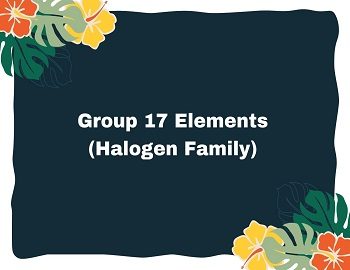


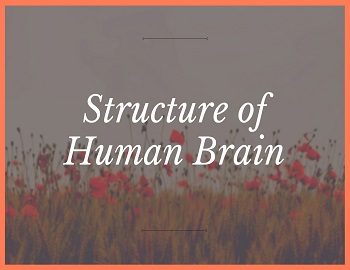
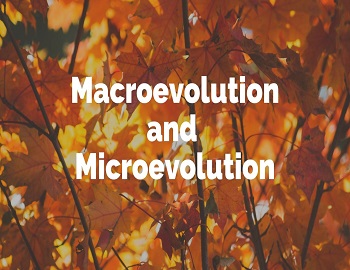
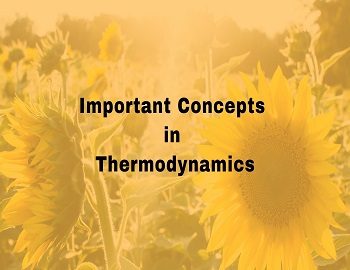

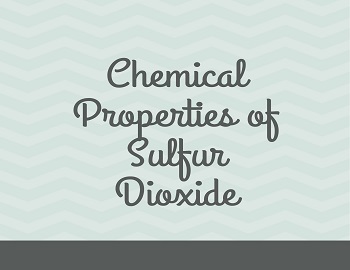
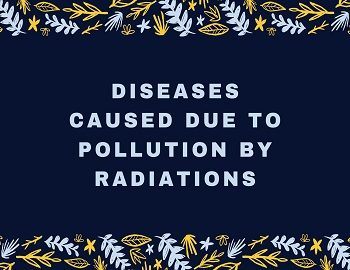
Comments (No)